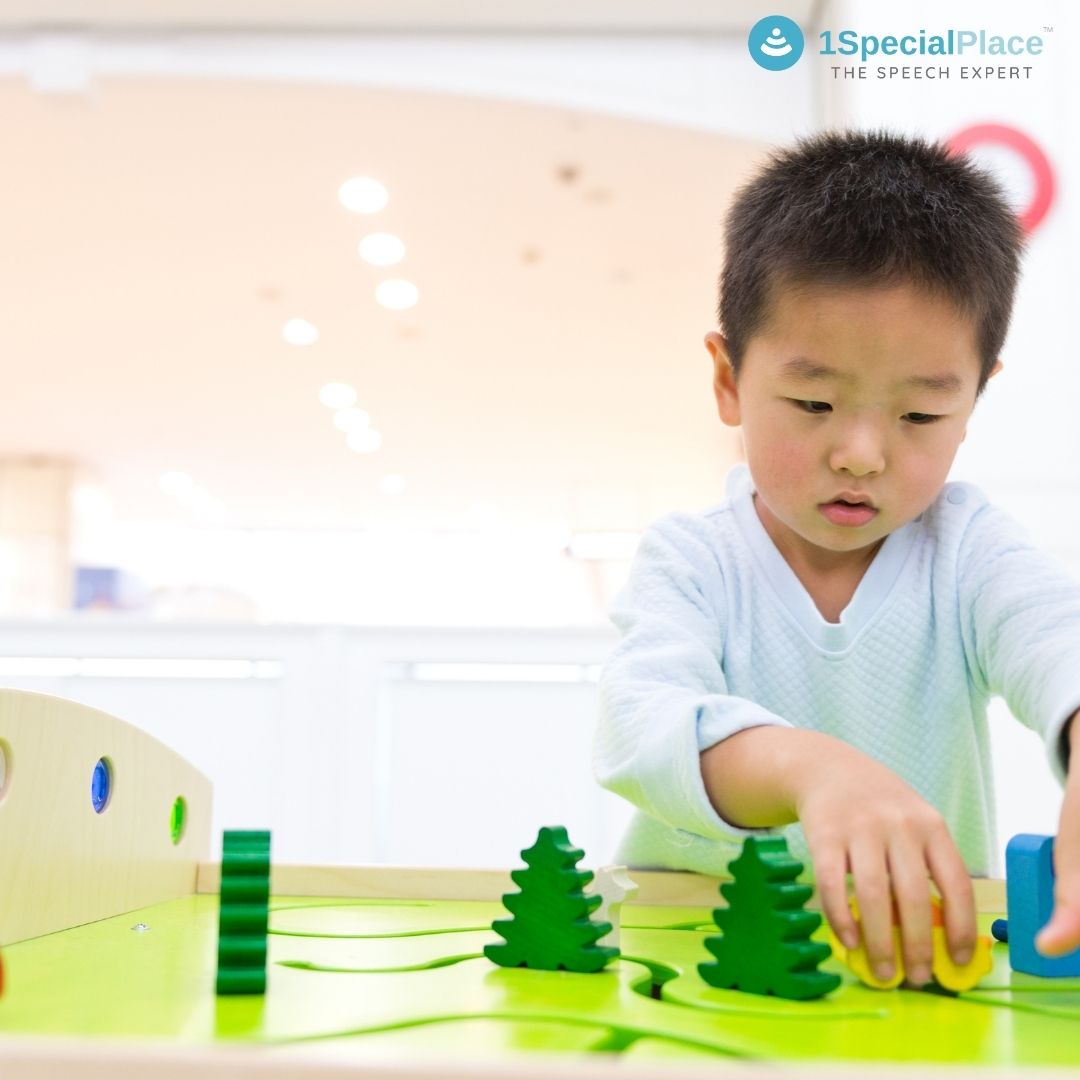
Resonance Games for Repaired Cleft Lip and Palate
Resonance Games for Repaired Cleft Lip and Palate
For individuals with cleft palate, the speech issues do not subside just with the palatal repair. Resonance Games for Repaired Cleft Lip and Palate As the change in the structures does not necessarily bring change in the way how they function. Many speech errors persist for which they have to further seek guidance from a speech-language therapist. One of the prominent issues is hypernasality or nasal air emission during speech.
Hypernasal speech occurs when the velopharyngeal port (junction between nasal and oral cavity) fails to close completely while the person is speaking. This results in the sound energy escaping through the nasal cavity. It mostly affects the oral speech sounds that require the sound energy to flow through the oral cavity alone. These include sounds such as p, b, t, d, k, g, s, sh,z, etc. The nasal sounds are produced when the air is diverted through the nasal cavity and these include m, n, ŋ.
It is important to understand that not all types of hypernasality can be treated with speech therapy alone. Only if the reason for the problem is due to a mislearning or compensatory articulation, then it can be corrected through speech therapy.
Speech therapy for hypernasality
The management of hypernasality through speech therapy includes several fun activities and speech-based exercises.
These exercises and activities focus on either improving the person’s perception of his own speech or/and improving the velum movement for better velopharyngeal closure. Resonance Games for Repaired Cleft Lip and Palate Both of this help to reduce excessive nasal resonance.
Mentioned below are some useful games to help improve the movement of the velum and hence reduce the hypernasality.
Tools to give biofeedback on nasal air emission:
-
See-Scape:
A see scape is a device that indicates the amount of nasal air emission. Though it may not provide direct feedback on nasality, it gives feedback on the poor velopharyngeal closure causing the hypernasality.
-
Listening tube:
A listening tube is a very cheap and helpful tool to give auditory feedback to children. Keep one end of the tube at one of the nostrils, and the other end at the ear of the child. This way the child gets better feedback on the nasality and can correct the sound production.
A bend straw can also be used for the same. It has an advantage since it is cheap, disposable, and easily available.
-
Stethoscope:
A stethoscope gives clear feedback on the nasal air emission and hypernasality while a person speaks. Remove the drum of a stethoscope and put the end of the tube at the entrance of the nostril. Let the child make oral speech sounds and listen to the nasal air emission and or hypernasality.
This is a fun game and kids love using this tool. The child can hear himself speak or the caregiver/therapist can listen to the child’s speech and provide instant feedback.
-
Dental mirror:
This is a great tool that provides visual feedback on nasal air emission. Place the mirror right under the nostril when the child says the non-nasal sounds. The mirror fogs up when there is a nasal air emission. This provides excellent visual feedback to the child.
Speech-based activities:
The speech-based exercises also target to improve the velopharyngeal closure and hence reduce the hypernasality.
- Instruct the child to hum ‘mmmm…’ and then to puff up the cheeks with air. Now, ask the child to release the air saying explosive /p/ sound.
- The yawn technique: This exercise helps when the hypernasality is phoneme-specific and is caused by a higher tongue position. Ask the child to yawn with a wide-open mouth. While doing this, the back of the tongue goes down and the velum goes up. Make the child aware of the stretch in the back of his mouth. Now, have the child produce the nasalized sound with the yawn. Make sure that he feels the stretch in the back of the mouth.
All the speech-based exercises can be done with the help of a visual/auditory/tactile feedback tool and thus, improve the accuracy of the sound production.
Book your sessions now
For more ideas check out our other blogs
HAPPY LEARNING!
- AAC for Children with Autism - December 22, 2022
- Tools for Speech Impediments - November 25, 2022
- Voice TipsFor Teachers During Online Teaching - October 4, 2022

Leave a Comment
(0 Comments)